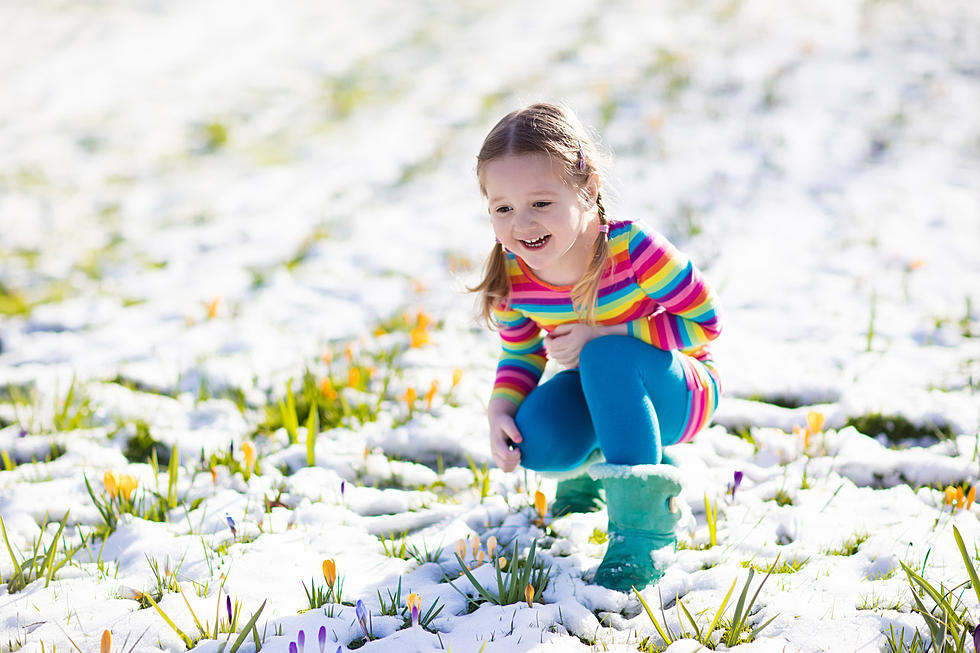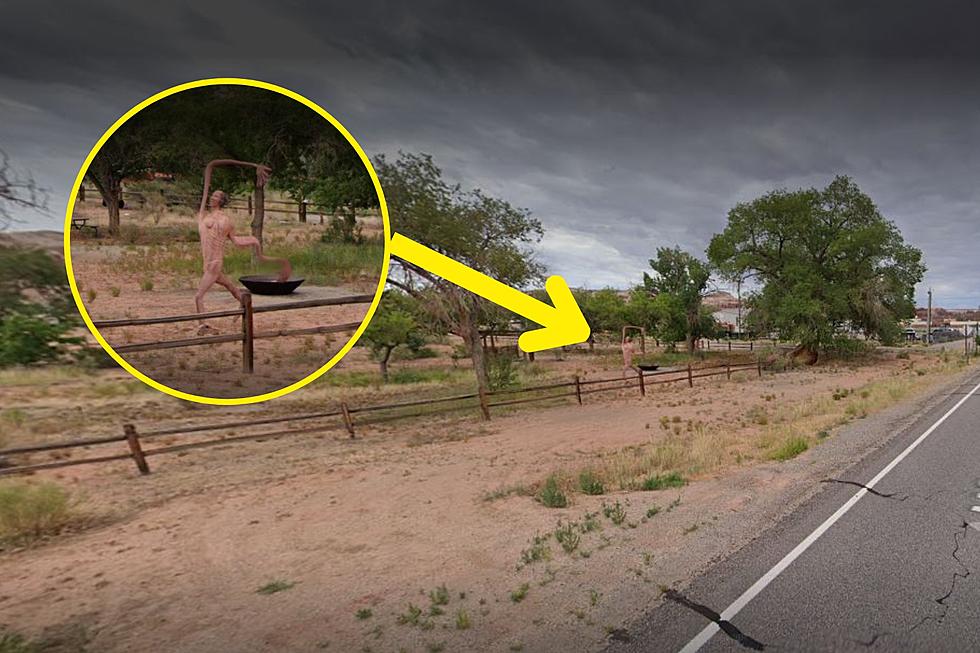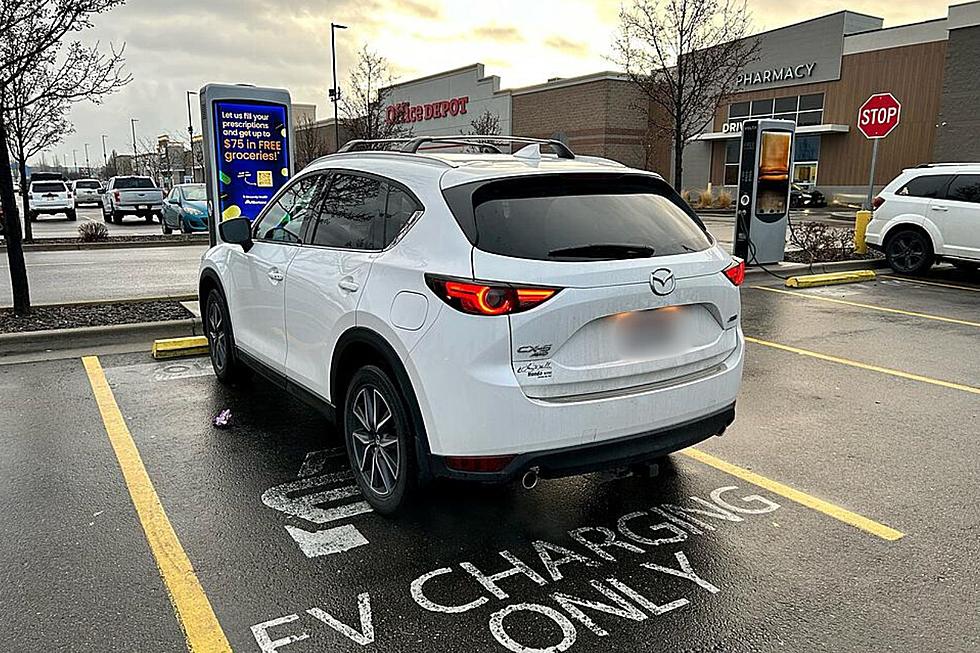
Old Farmer’s Almanac Calling For Warm End to Boise’s 2023 Winter
All things considered, this winter in Boise hasn’t been awful but it has been cloudy, gray, and yuck for what seems like far too long.
When spring arrives all depends on what calendar you’re looking at. If you’re looking at the astronomical season, spring doesn’t technically arrive until March 20. Astronomical spring has to do with the position of the sun.
If that seems too far away, you can think about spring like meteorologists. According to the Weather Channel, meteorological seasons are based on temperatures and that’s why meteorological spring starts on March 1. It really can’t get here soon enough.

While the Boise area hasn’t experienced crippling snow storms as we did during Snowpocalypse 2016-2017, we did experience above-normal snowfall in December and have already surpassed the normal snowfall amount for February thanks to the storm that blew through just before Valentine’s Day.
Temperature-wise, we experienced a colder-than-normal December and slightly warmer-than-normal January.
But, it’s really the number of cloudy, snowy or foggy days that’s killing us. Those overcast days accounted for 87% of December, 71% of January and almost 43% of the days we’ve had in February.
Old Farmer’s Almanac’s Spring Outlook for Boise
If you put your faith in the Old Farmer’s Almanac, their predictions show that we’re past the coldest and snowiest parts of this winter. On a national level, they predict that spring has the potential to be warmer-than-normal across most of the country and their two-month forecast shows that Boise would be part of that trend as we head toward spring!
For the month of February, they’re calling for average temperatures about a degree warmer than normal.
In March, it gets even better. They’re calling for average temperatures around 49º, about 5º warmer than normal.
We may have to continue putting up with overcast skies and wet conditions. They’re calling for 3” of precipitation in February and that’s about 2.5” more than normal. In March, they’re calling for 2” of precipitation, which is a little over half an inch more than normal.
Regardless of Weather, Longer Days Are Coming
Daylight Saving Time begins on Sunday, March 12 at 2 a.m. On the day we’re writing this article, sunset is at 6:15 p.m. On March 12, it’ll be 7:47 p.m. If you love actually getting to spend some time in the sun after the workday and dinner, that’s something to be excited about!
Will Idaho ever make Daylight Saving Time permanent so we ALWAYS get those longer evenings? We recently did an update about where Idaho’s legislature stands on the idea and what days would look like if they did. You can get caught up HERE.




